Traditional Persian Dishes You Need to Try Today
Discover Iranian Cuisine: Traditional Persian Dishes You Must Try
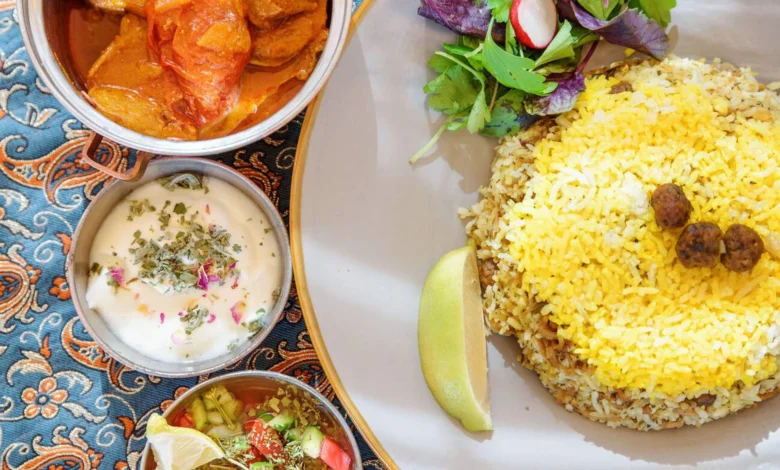
Traditional Persian Dishes offer an unforgettable blend of aromatic herbs, exotic spices, and fresh ingredients, creating unique flavors that captivate food lovers worldwide. From rich stews and fragrant rice dishes to vibrant salads and comforting soups, exploring Persian food is an adventure for the senses, deeply rooted in history and culture.
The culinary traditions of Iran reflect the country’s diverse geography, climate, and historical influences, making Traditional Persian Dishes a delightful exploration.
Contents
Signature Persian Dishes
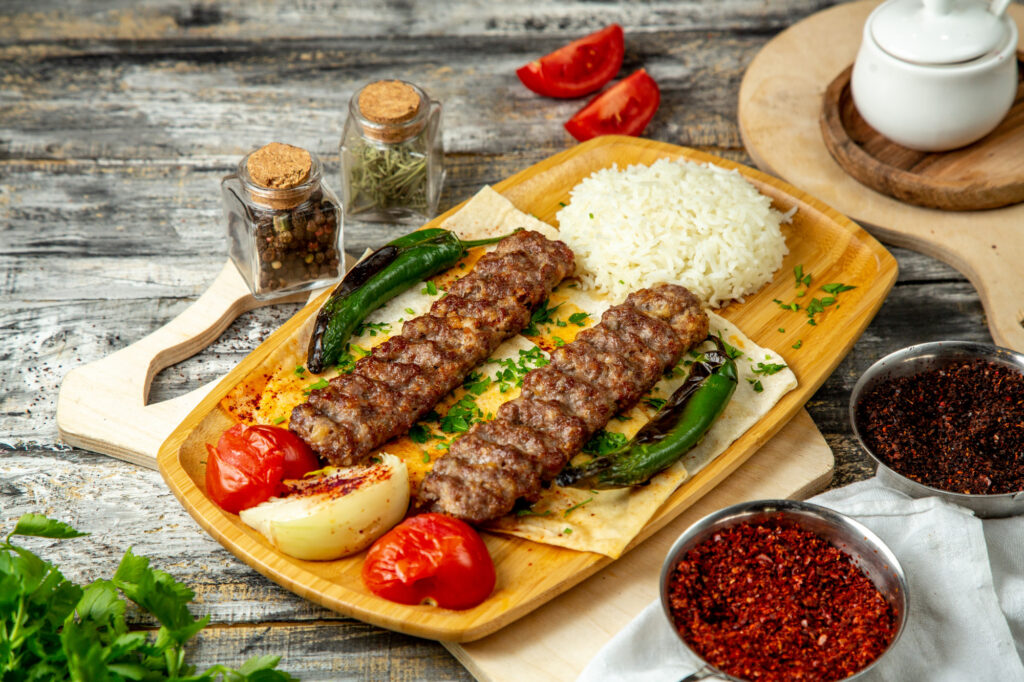
Chelo Kabab
Chelo Kabab, Iran’s national dish, pairs aromatic saffron-infused rice (chelo) with succulent grilled meats. The most popular version, Kabab Koobideh, features minced lamb seasoned with onions and spices, carefully grilled over open flames to perfection.
Other delicious variations of Traditional Persian Dishes include Jujeh Kabab (marinated chicken pieces) and Kabab Barg (thinly sliced marinated beef or lamb).
It’s typically accompanied by grilled tomatoes, butter, and fresh herbs, offering a complete culinary experience. Traditionally, Chelo Kabab is enjoyed with raw onion slices and a sprinkle of sumac, enhancing the flavor profile.
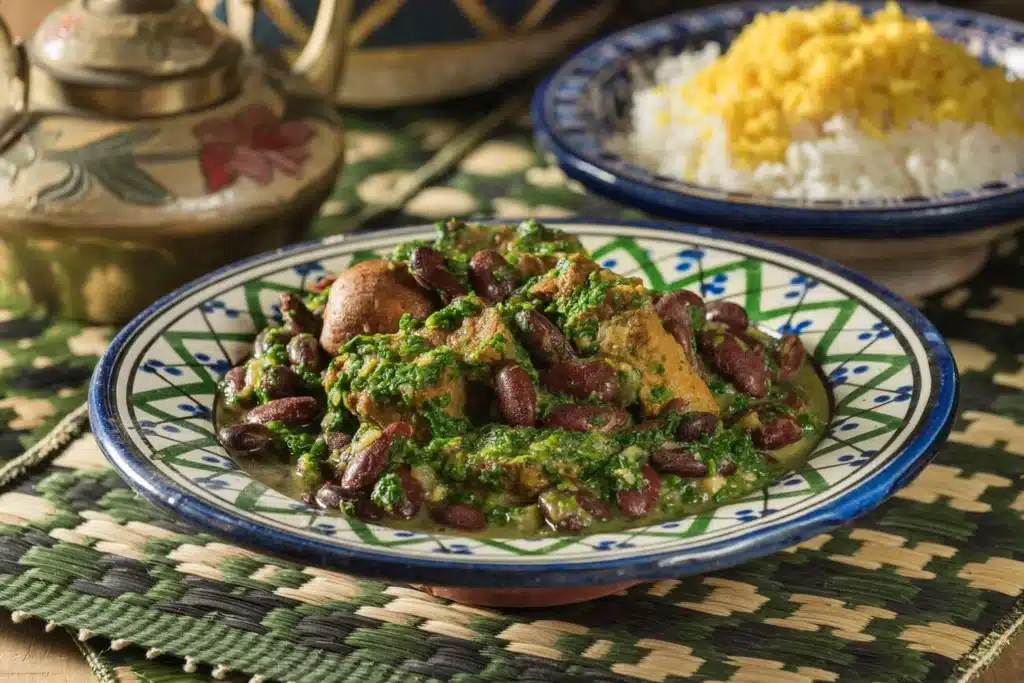
Ghormeh Sabzi
A beloved Persian stew, Ghormeh Sabzi combines fresh herbs such as parsley, cilantro, chives, and fenugreek, kidney beans, dried lime, and tender meat simmered slowly for hours. This meticulous preparation provides a distinctly tangy and savory taste, making it an essential dish during family gatherings and celebrations. The stew is typically served alongside fluffy white rice, soaking up the vibrant flavors perfectly.
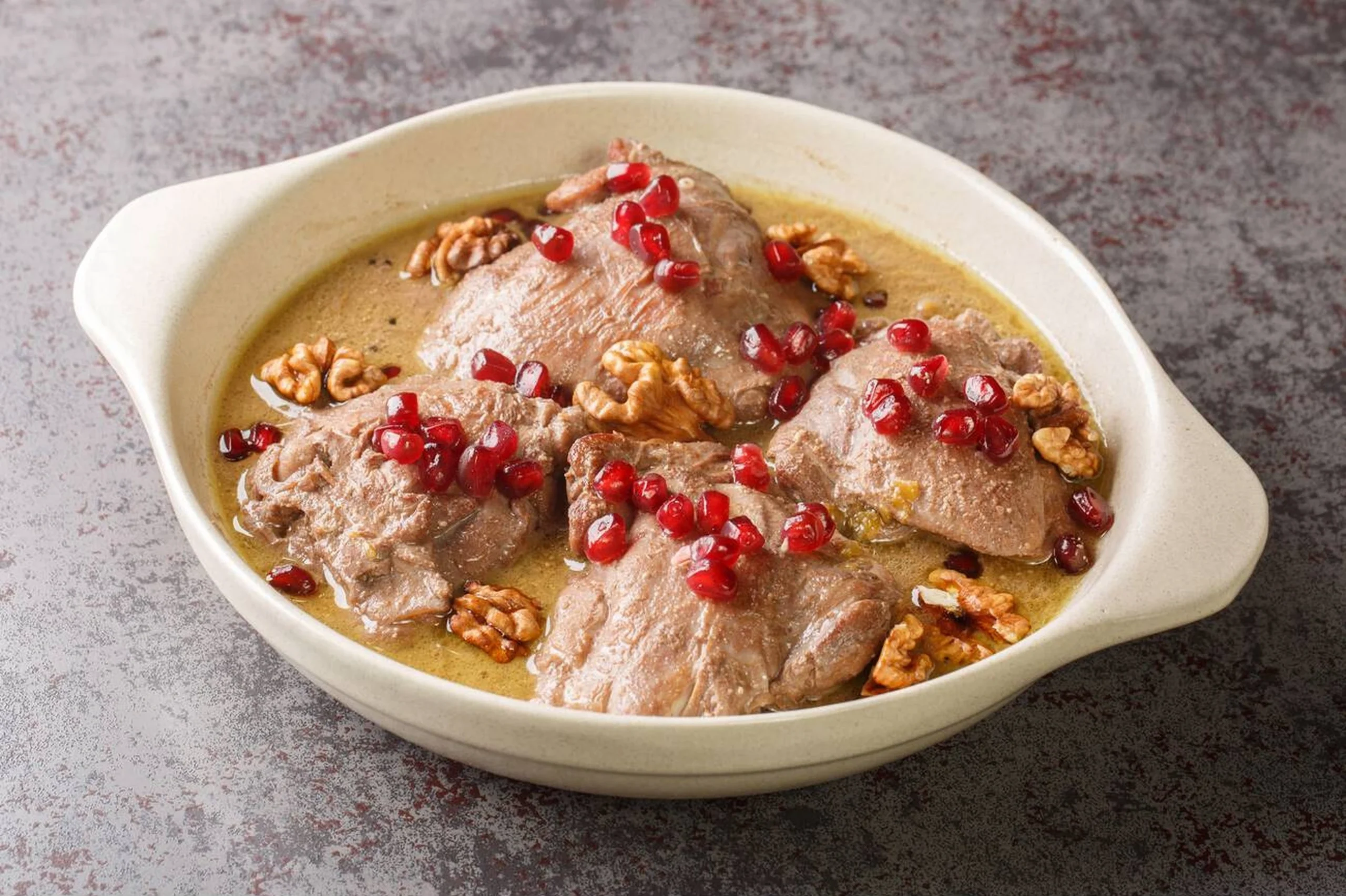
Fesenjan
This luxurious stew is a staple of Traditional Persian Dishes, highlighting a unique sweet and sour balance. It’s prepared with rich pomegranate molasses, finely ground walnuts, and either poultry or lamb.
Traditionally slow-cooked until the flavors merge beautifully, it is typically served alongside fragrant saffron rice, adding an indulgent dimension to Persian dining. Regional variations can include different meats or even a vegetarian version with eggplant or mushrooms.
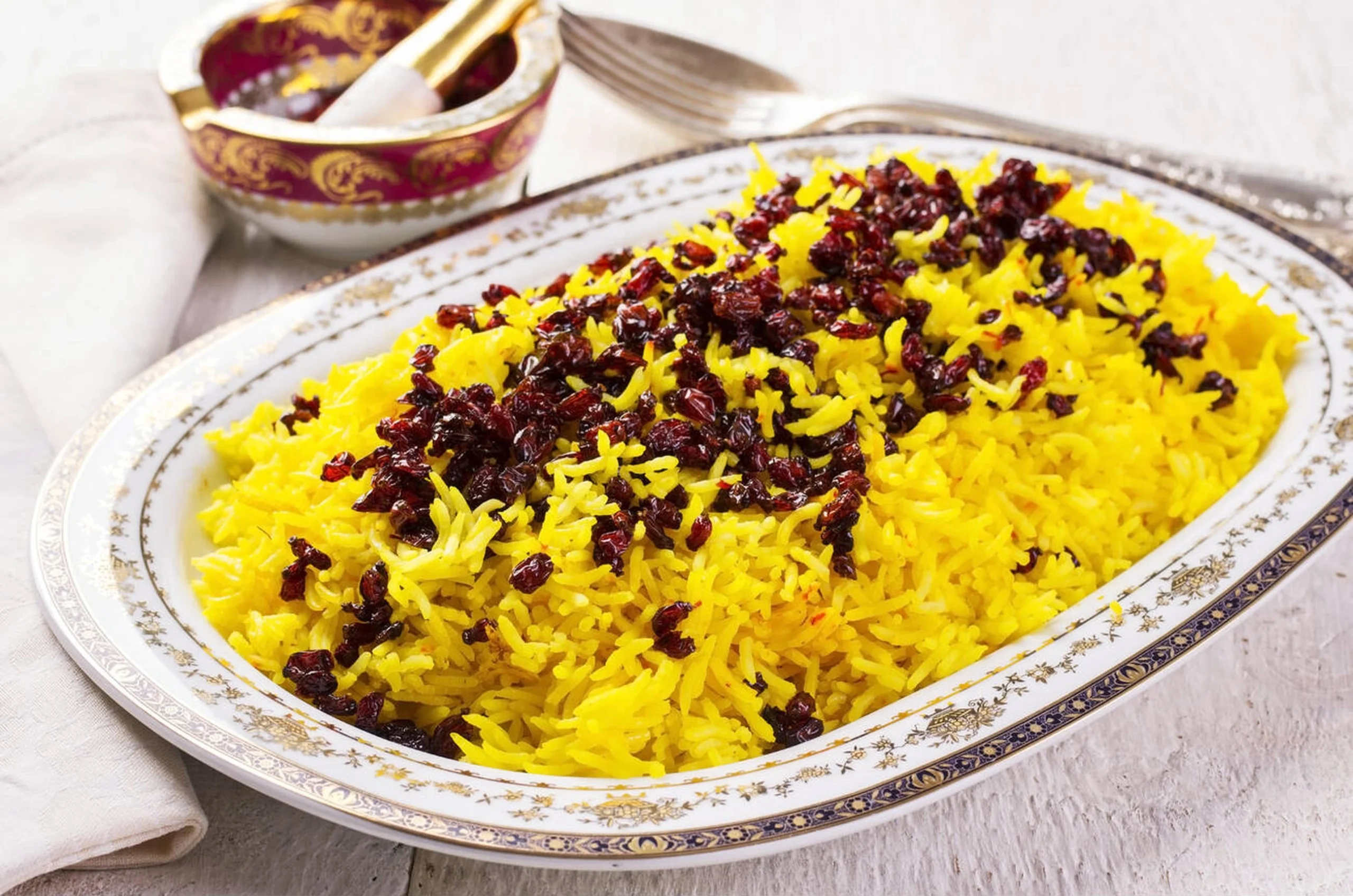
Zereshk Polo
Zereshk Polo is one of the most beloved Traditional Persian Dishes, featuring tart barberries, caramelized onions, and saffron-infused rice. Often paired with tender chicken, it creates a harmonious balance of sweetness and acidity, making it a favorite at special occasions and weddings. Its vibrant color and rich flavor make it both visually appealing and palate-pleasing.
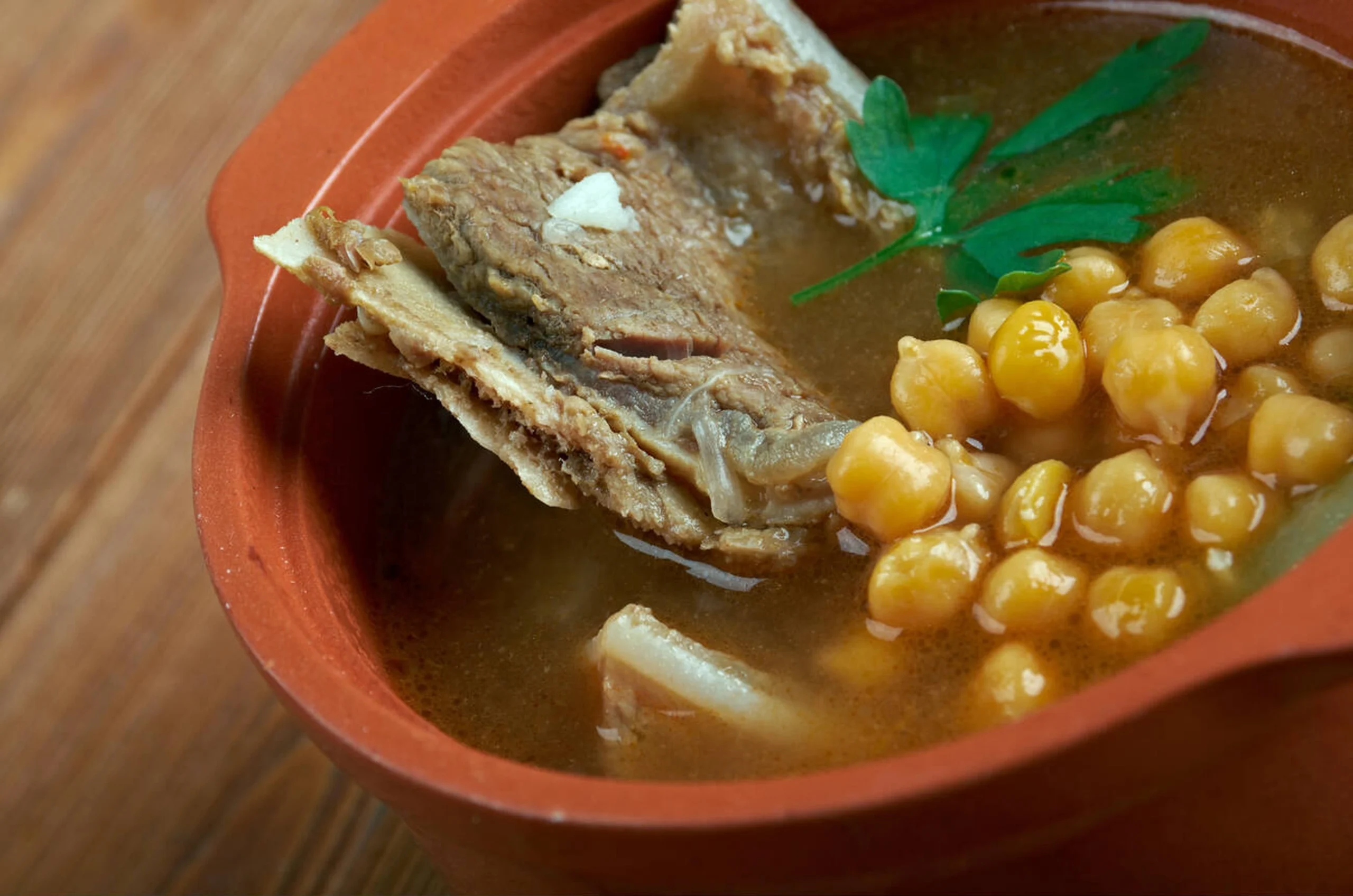
Abgoosht
Abgoosht, also known as Dizi, is one of the Traditional Persian Dishes, a hearty Iranian meat stew made with lamb, chickpeas, potatoes, tomatoes, and spices, traditionally slow-cooked in stone or clay pots. Diners enjoy mashing ingredients into a thick paste and dipping freshly baked flatbread into the rich broth, creating an interactive and comforting dining experience.
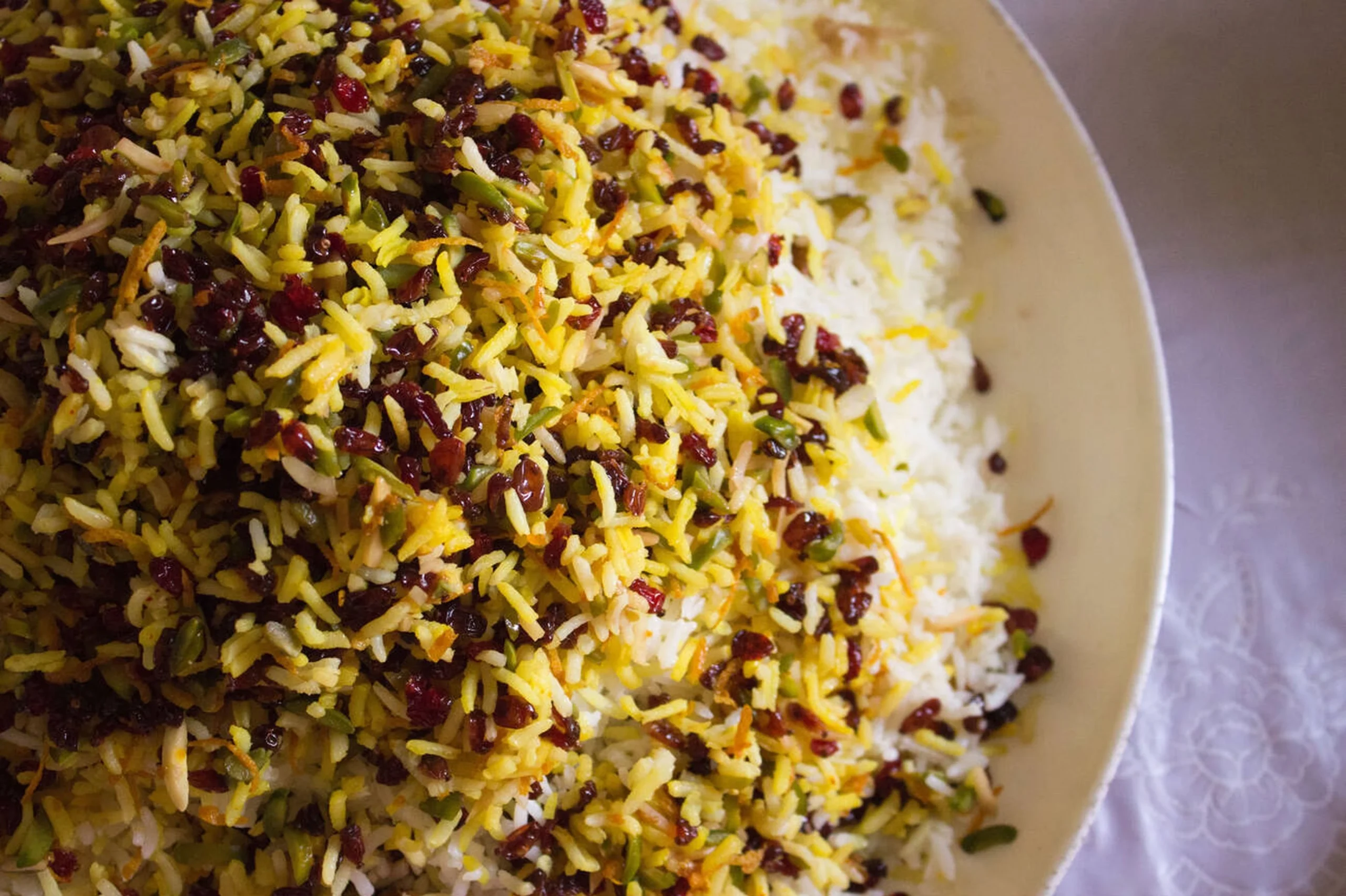
Rice – The Heart of Traditional Persian Dishes
Rice holds a special place in Traditional Persian Dishes, exemplified by iconic recipes such as Tahdig—a crispy, golden rice crust revered by Iranians as the ultimate delicacy. Tahdig is created by carefully layering rice and oil or butter at the bottom of the pot, cooking it slowly until a delicious, crunchy crust forms.
Pilafs and jeweled rice dishes, embellished with colorful nuts, berries, dried fruits, and saffron, further elevate the meal, showcasing rice’s versatility and importance in Persian culture. Each rice dish carries its unique flavor profile, making rice an essential centerpiece at Persian tables.
Street Foods and Snacks
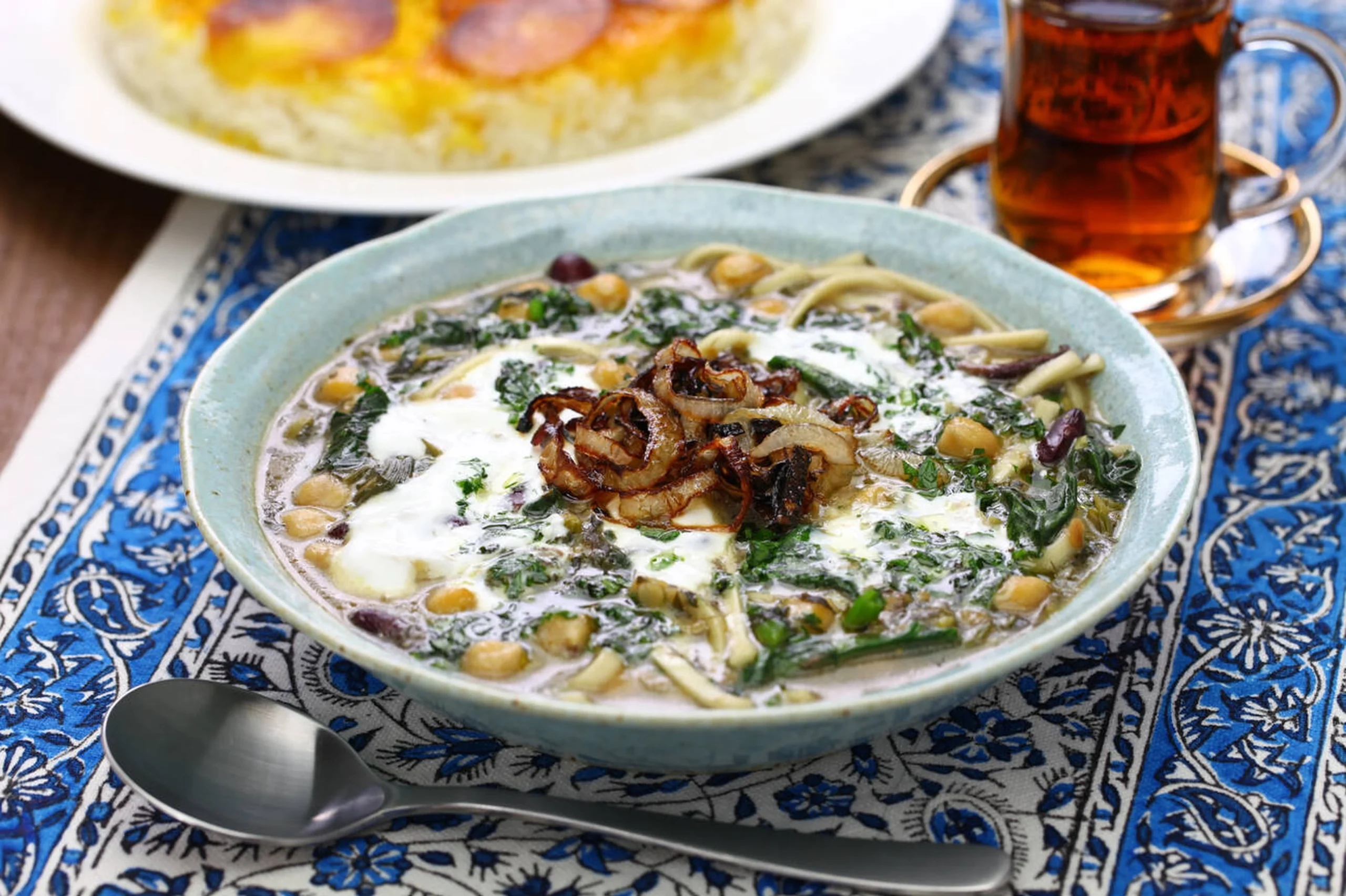
Ash Reshteh
Ash Reshteh, a hearty noodle soup filled generously with legumes, spinach, fresh herbs, and topped with fried onions, garlic, and mint, is commonly enjoyed during festivals, winter evenings, and family gatherings. It symbolizes good fortune and unity, particularly during Persian New Year celebrations (Nowruz). A drizzle of kashk, a tangy whey sauce, further enhances its distinct flavor.
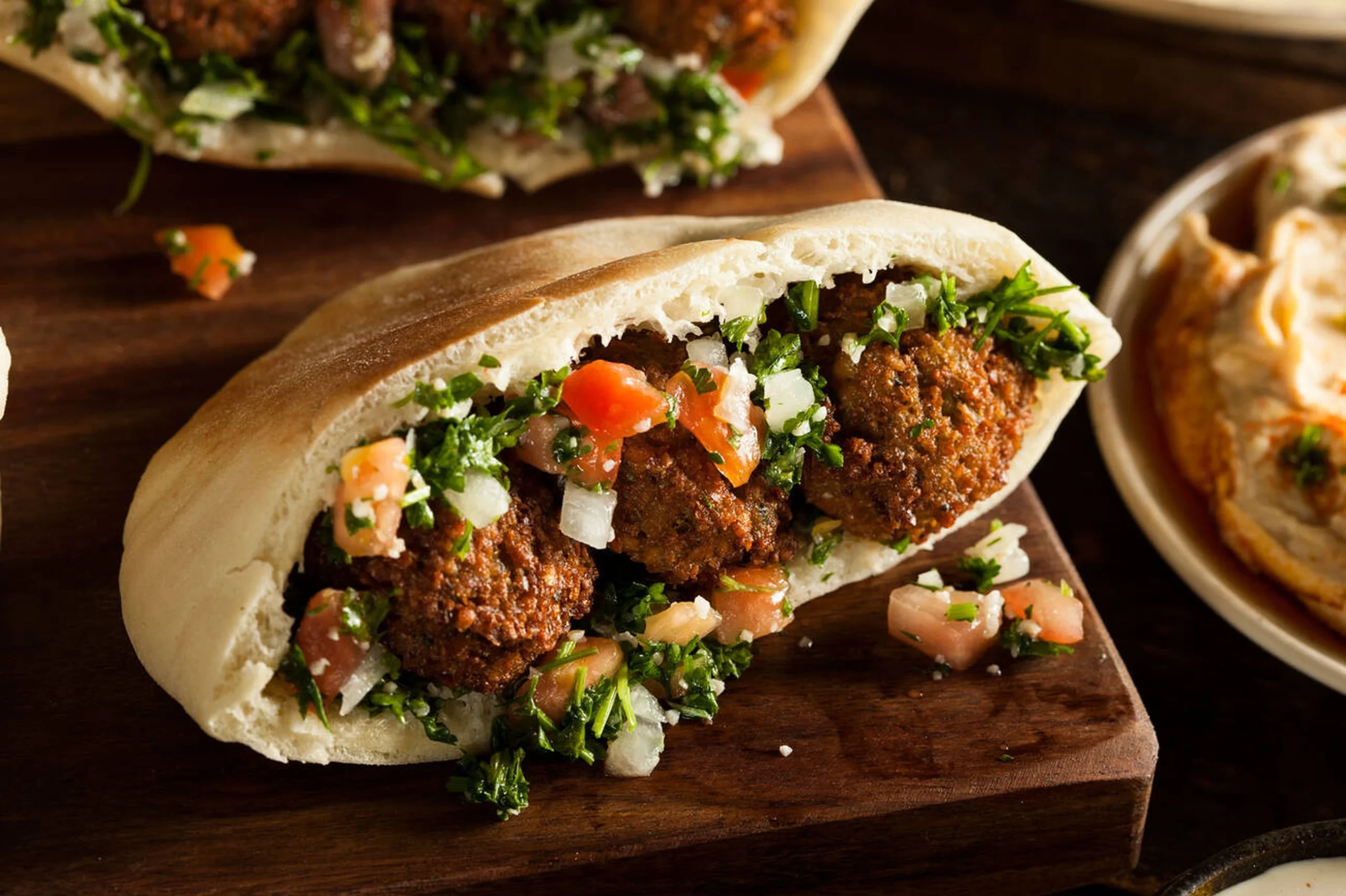
Samosa and Falafel
Samosas and falafels, although internationally known, are uniquely adapted in Iran with distinctly Persian spices and herbs, particularly popular in southern regions and cities such as Bandar Abbas and Khuzestan. Seasoned generously and often enjoyed with spicy sauces, pickled vegetables, or fresh herbs, these treats reflect local tastes, offering a flavorful bite at bustling markets and street stalls.
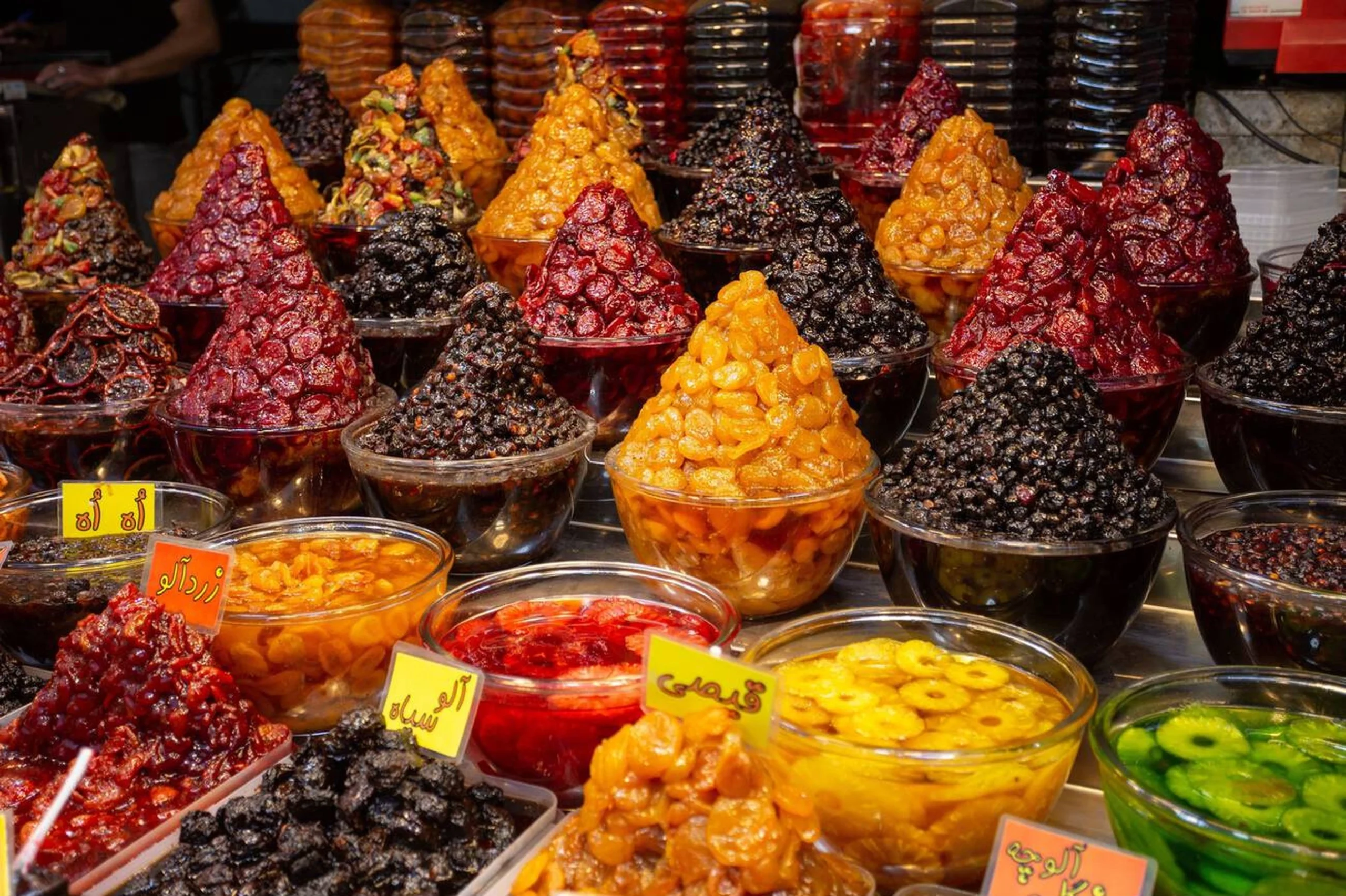
Lavashak
Lavashak, Persian fruit leather, is a traditional snack made by drying fruit purees into thin, flavorful sheets. Offering an enjoyable balance of tartness and sweetness, it’s a favorite among both adults and children, available in many local markets. Popular flavors include sour cherry, plum, and apricot.
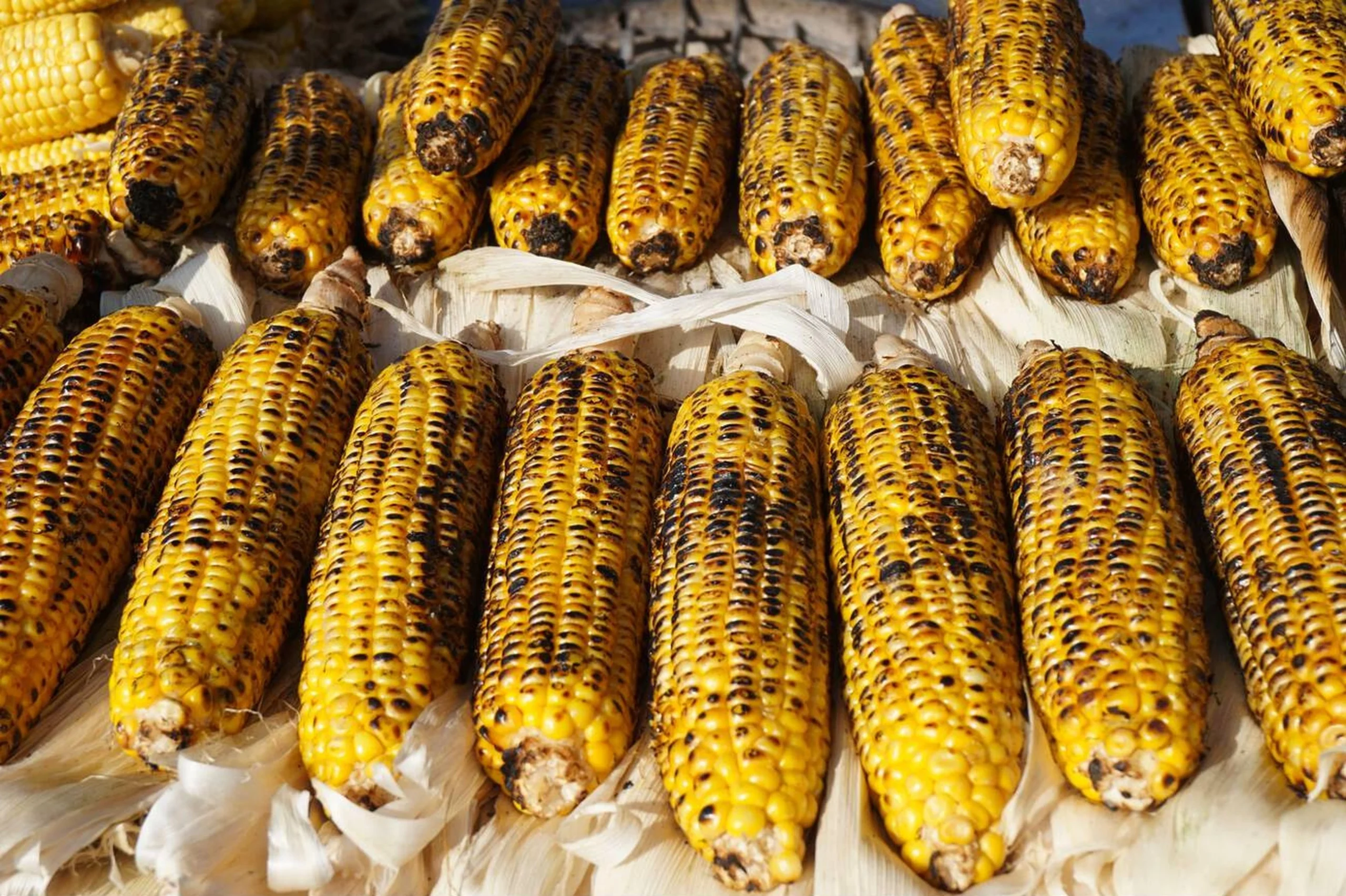
Balal
Balal, grilled corn seasoned with salt and lime juice, is a common street snack across Iran. Vendors roast corn on open flames, providing an inviting aroma that draws passersby, especially during cooler seasons.
Persian Desserts
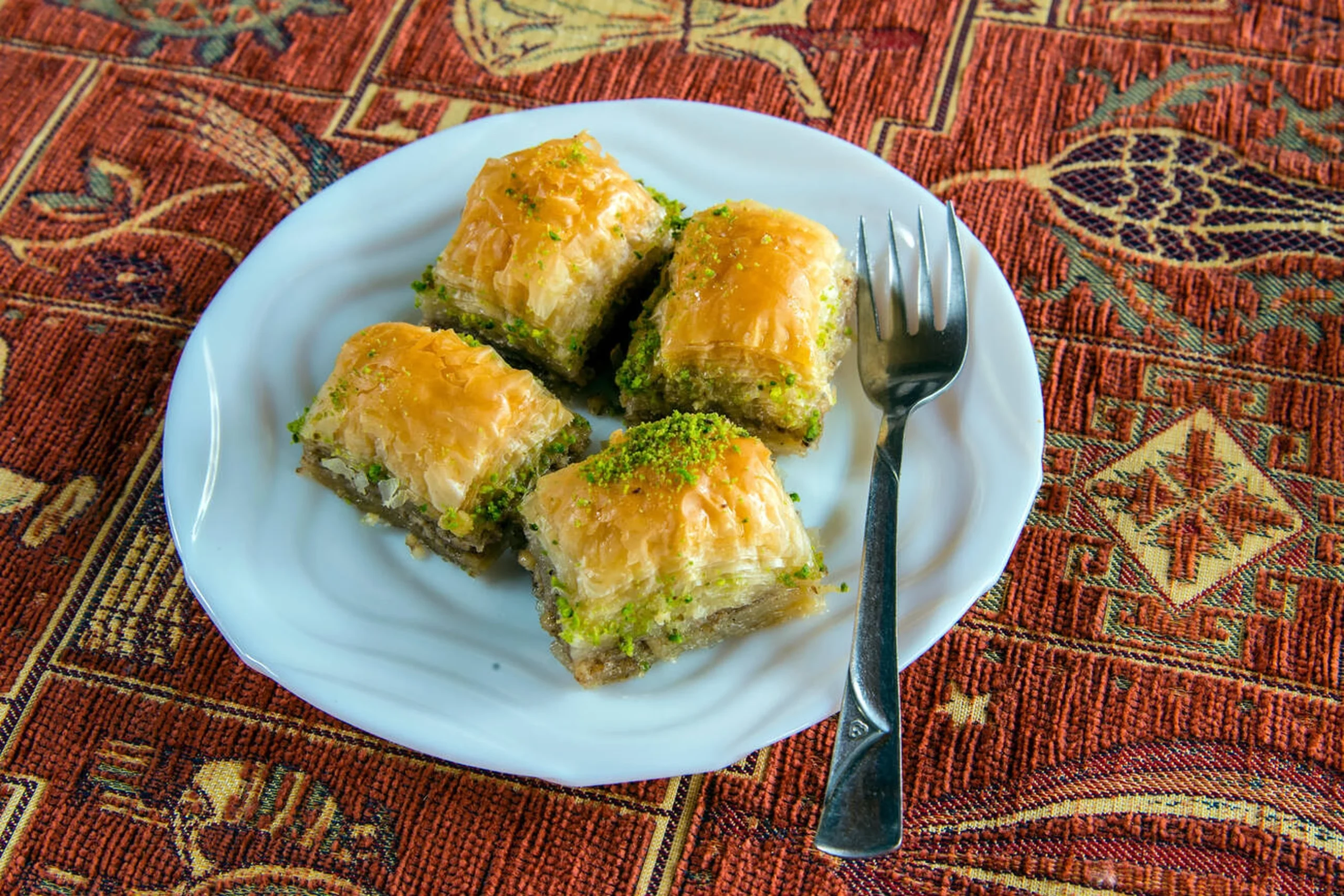
Baklava
Baklava is a delectable sweet pastry made by layering thin sheets of phyllo dough, generously filled with honey, syrup, and finely chopped nuts like pistachios or almonds. In Iran, regional variations include adding cardamom or rosewater for enhanced aroma, with some areas preferring thicker, richer layers. Its crispy texture and syrupy sweetness make it an essential dessert for special occasions and festive celebrations.

Shole Zard
Shole Zard, a traditional Persian saffron rice pudding garnished with cinnamon, almonds, and pistachios, is a cherished dessert often served during religious ceremonies and festive occasions. The vibrant golden color and delicate saffron aroma signify prosperity and warmth.
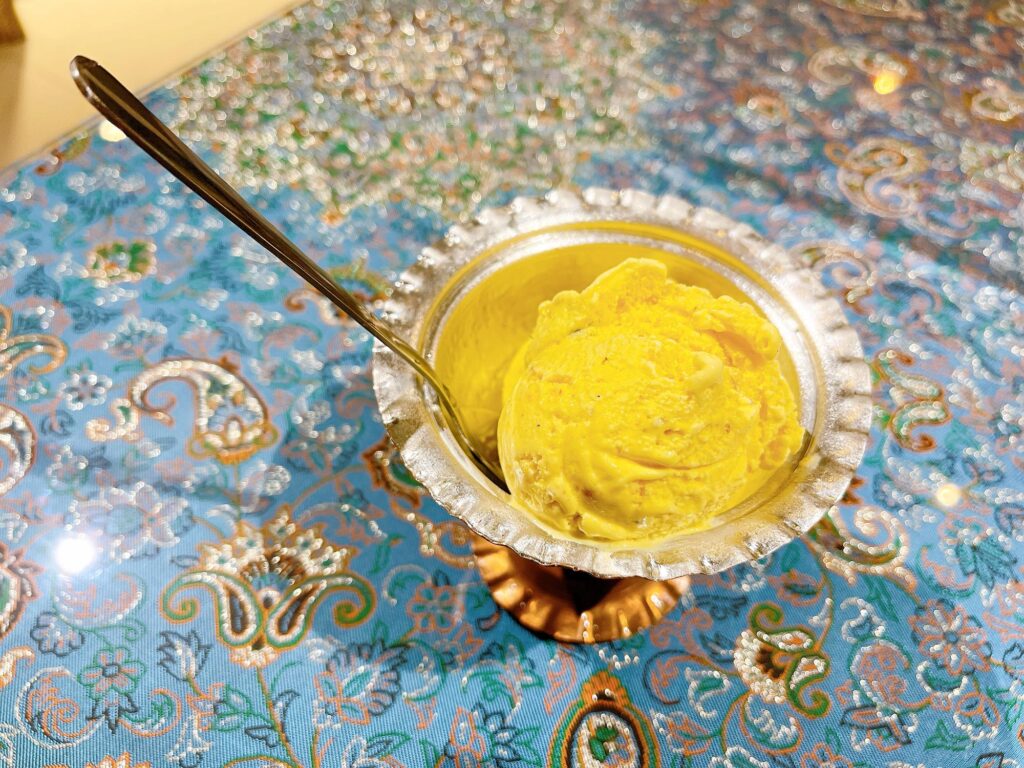
Bastani Sonnati
Bastani Sonnati, Persian saffron ice cream, is an indulgent treat flavored with rosewater and studded with pistachios. It’s traditionally served sandwiched between crispy wafers or alongside faloudeh, a refreshing frozen dessert made from thin rice noodles.
Refreshing Drinks
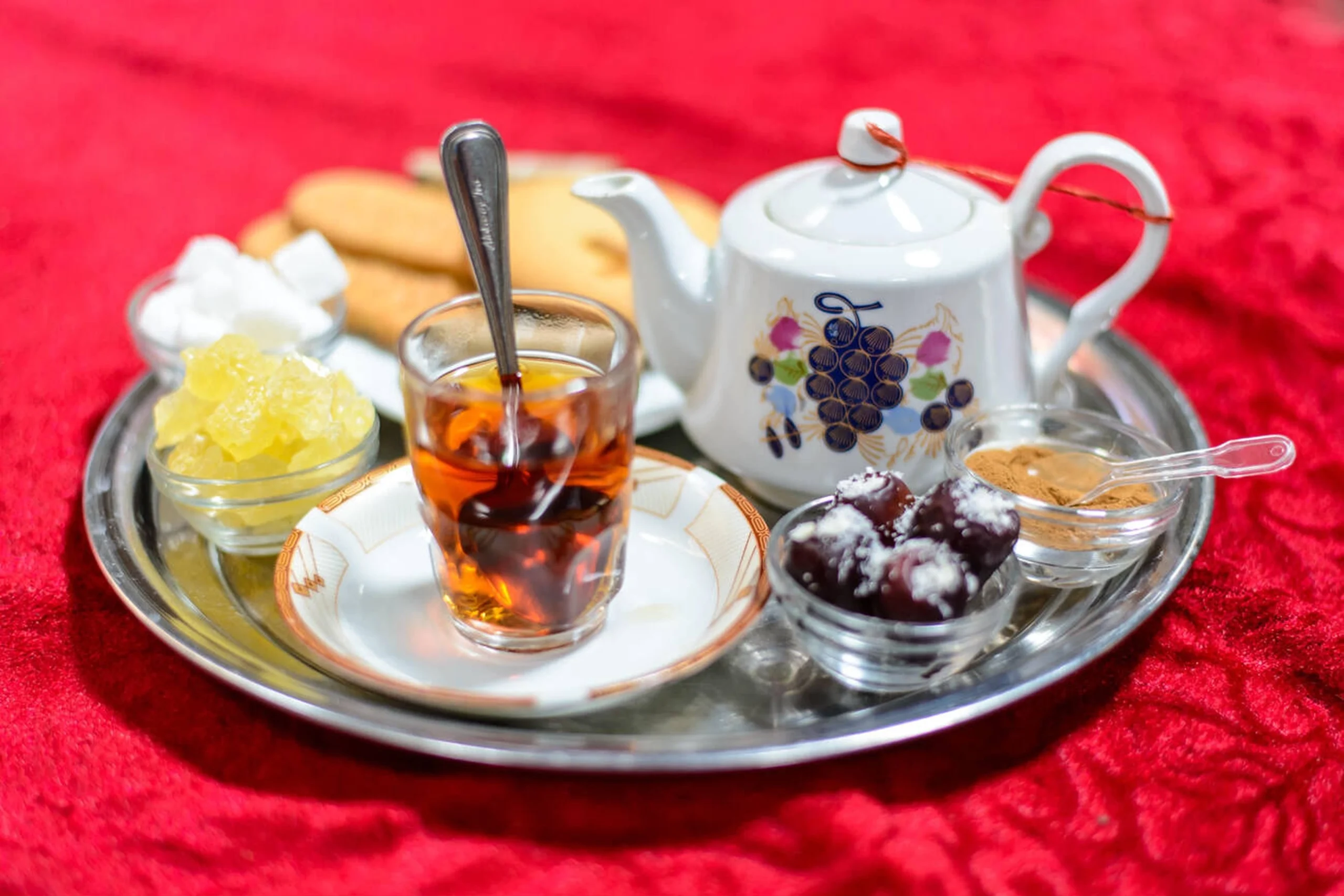
Persian Tea (Chai)
Iranians enjoy tea throughout the day, traditionally brewed strong and served in small glasses, accompanied by sugar cubes, sweets, dates, or nuts. Tea drinking is a cherished ritual representing hospitality, relaxation, and social bonding.
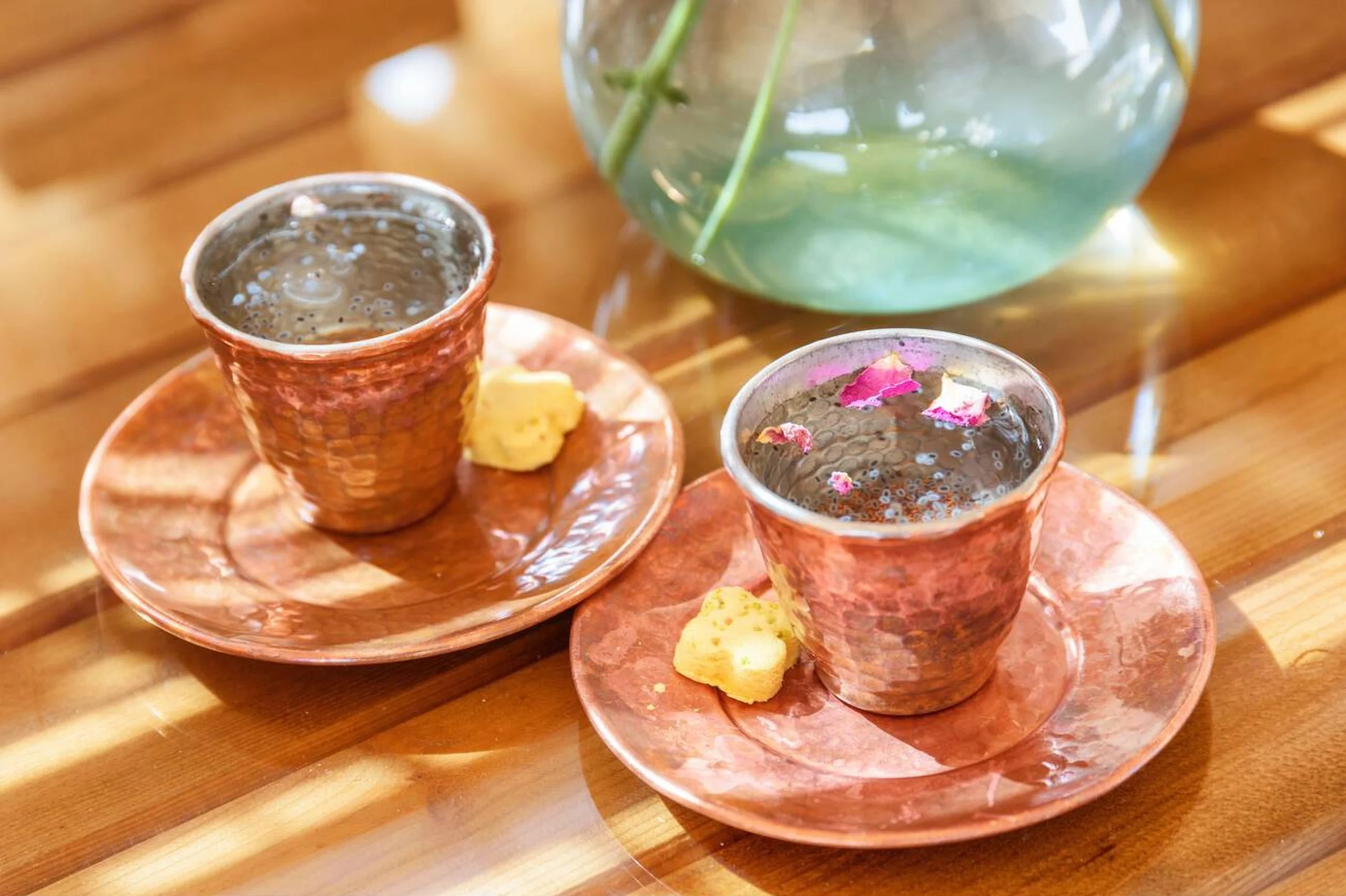
Sharbat
Sharbat, refreshing beverages prepared from various fruit syrups, rosewater, herbs, and sometimes chia seeds, are particularly popular during warm weather. Common flavors include sour cherry, lemon, rose, and mint, providing a cooling and invigorating drink that refreshes and revitalizes.
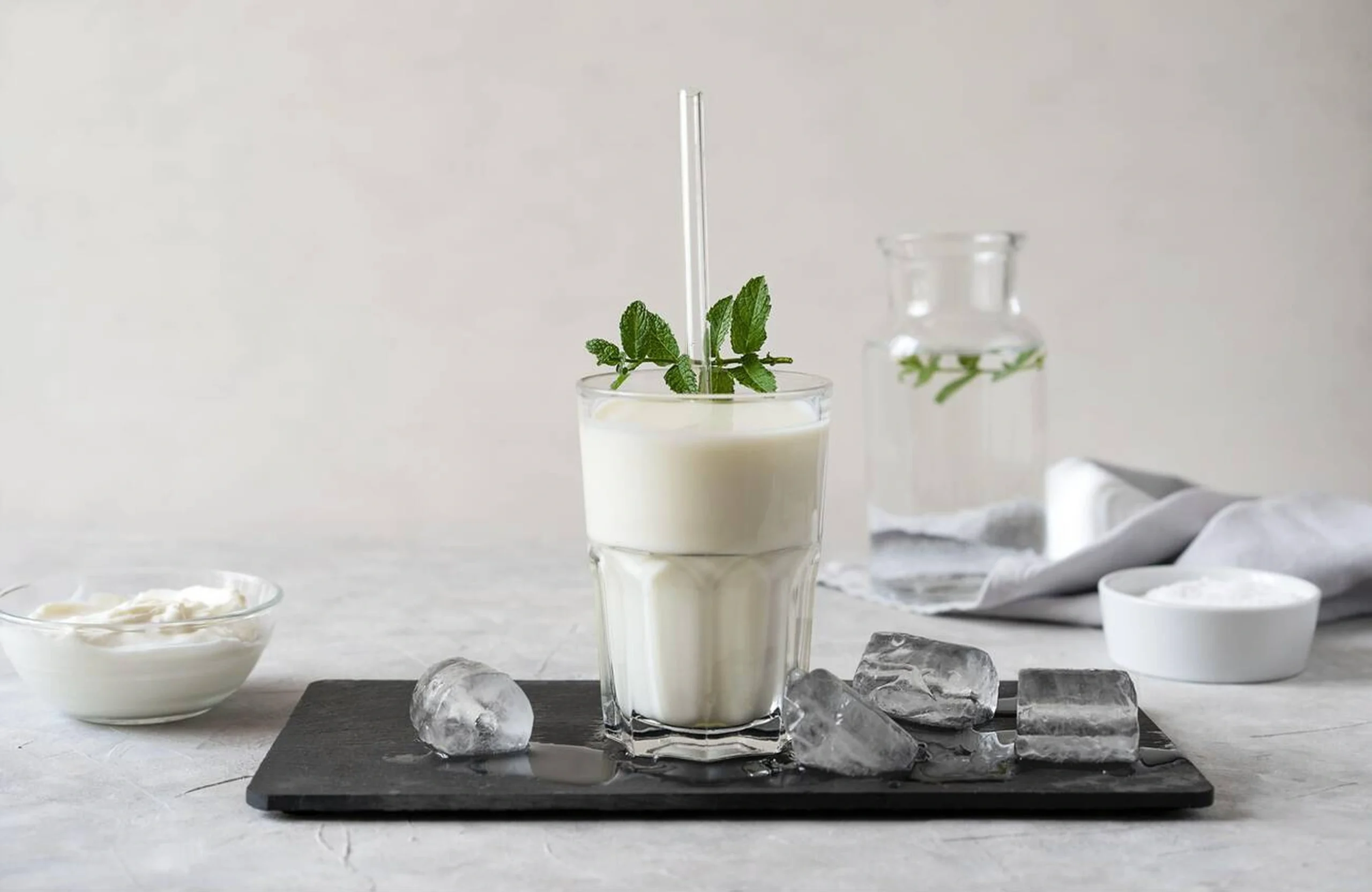
Doogh
Doogh, a savory, yogurt-based drink blended with mint, salt, and often carbonated water, is popular alongside meals. It is commonly homemade but also widely available bottled from stores, making it convenient for anyone interested in tasting this traditional refreshment. Doogh aids digestion and offers a refreshing contrast to the rich flavors of Persian cuisine.
Persian cuisine invites everyone to experience a culinary tradition rich in history and vibrant flavors, perfectly reflecting Iran’s diverse cultural heritage, generous hospitality, and love of good food.
Final Words
Iranian cuisine is a reflection of the country’s rich history, diverse geography, and deep cultural roots. From the aromatic spices of the south to the hearty stews of the north, every dish tells a story passed down through generations.
Whether you’re savoring saffron-infused rice or tasting freshly baked flatbread, Traditional Persian Dishes offer a balance of flavors that’s both comforting and refined. Exploring Iranian cuisine is more than just eating—it’s experiencing a proud culinary tradition that continues to thrive and inspire.






